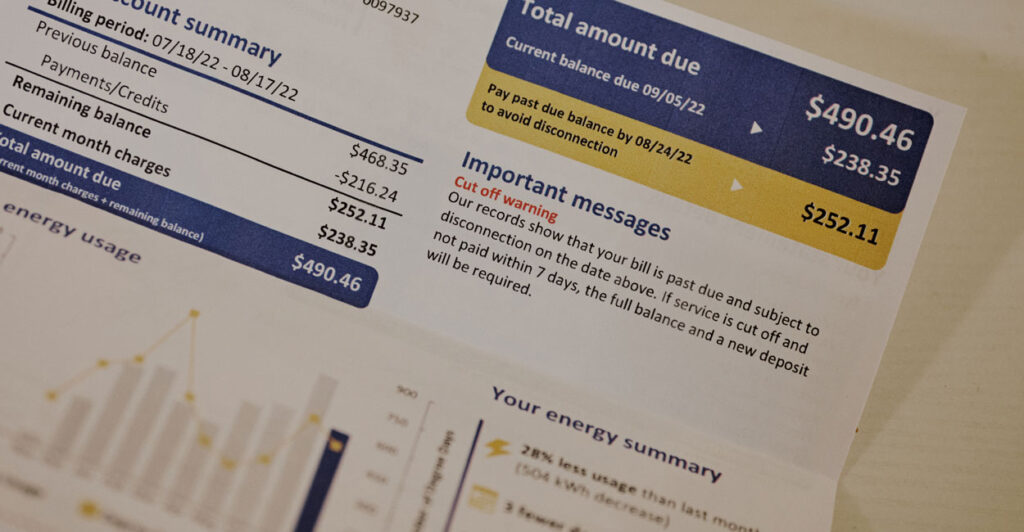For over a decade, there has been a project proposal to build about 800 miles of transmission lines from Kansas through Missouri, Illinois, and Indiana to deliver wind-generated electricity to consumers. However, a recent Aug. 8 ruling by an Illinois court halts the planned construction of lines in that state.
This project, known as the Grain Belt Express, will need to be replicated about 110 more times across the U.S.—creating up to 91,000 miles of new transmission lines in total—if the Biden-Harris administration wants to reach its goal by 2035 for 100% clean electricity that is generated through “renewable” energy sources.
While natural gas, coal, and nuclear plants can be close to population centers, solar and wind farms are often in remote areas, thereby necessitating extensive transmission infrastructure to deliver electricity to populated areas.
Putting this transmission line expansion into perspective, America has been building an average of 645 miles annually from the second half of the 2010s through today. At this rate, it would take nearly 141 years to build out the grid to meet the Biden-Harris policy goal.
To maintain a reliable electrical grid, upgrading and building transmission lines are crucial. However, 91,000 miles of transmission lines will primarily transmit heavily subsidized solar and wind energy, placing upward pressure on electricity prices. Renewable energy sources drive up electricity costs due to various reasons, including the additional cost for backup power generation and building the costly, extensive transmission infrastructure.
As an example, California’s aggressive adoption of wind and solar caused residential electricity prices to surge nearly 170%, from about 12 cents to 33 cents per kilowatt hour between 2004 and 2024. Conversely, Florida, which expanded natural gas usage instead of renewable sources, saw a price increase of just 65% over the same period.
Building such an extensive transmission infrastructure for renewables will cost over $220 billion—an expense that will be paid by individuals because companies will recoup these costs by passing them on to electricity users. This means power will become even more expensive, disproportionately hurting low-income families, farmers, and small businesses, who are already struggling in an economy with high food and energy prices.
Transmission lines also decrease property values. A study published in the Journal of Real Estate Research found that vacant lots next to these lines sell for 45% less than lots without power lines nearby, and those within 1,000 feet are sold at a 18% discount than comparable lots farther away. Alternatively, underground transmission lines do not ruin the view but are at least eight times more expensive than overhead ones—costs that will be passed on to Americans’ electricity bills.
The primary reason for the high projections in transmission lines is that they are needed to link wind and solar farms that are mainly in remote areas to population centers. For example, the Midwest and Southwest are ideal for wind and solar energy but are far from populated areas, necessitating transmission lines over long distances.
However, such transmission infrastructure would not be needed if the grid were powered by a reliable mix of baseload energy sources—natural gas, nuclear, and coal power—that provide a steady and reliable supply of electricity to meet the grid’s minimum demand.
Natural gas power plants are near population and industrial centers, reducing the need for extensive transmission lines. For example, the Ravenswood Generating Station is located about 2 miles away from the Empire State Building in New York City, the most populous metropolis in the U.S.
For nuclear power plants, over one-third of the U.S. population lives or works within 50 miles of them. For example, the Calvert Cliffs Nuclear Power Plant in Maryland is about 45 miles away from the White House.
Even if the Biden-Harris administration wanted to build new transmission lines, such projects take on average a decade to complete because of the slow government permitting process and local opposition. Therefore, the government has been trying to expedite the approval process for transmission lines, such as the Federal Energy Regulatory Commission’s recent rule on improving long-term regional transmission planning and the Department of Energy’s rule to slash the federal permitting process timeline by half. The recent bipartisan Energy Permitting Reform Act of 2024 has also been introduced in Congress to address this issue.
While a faster approval process will be beneficial for infrastructure development in any modern economy, the entire purpose of the government’s expediting actions has been to build the projected tens of thousands of miles of transmission lines that will enable “green” investors to reap a return on their costly investments—investments that raise the cost of electricity rather than lowering it. Residents end up paying twice—once through higher utility bills, and a second time by having to look at such ugly transmission lines.
Instead, the U.S. should rely primarily on fossil fuels and nuclear energy, supplemented by various other energy sources. This mix of reliable energy sources will result in electricity that is resilient, reliable, and affordable—while also reducing the need for 91,000 more miles of unsightly, expensive transmission lines.
